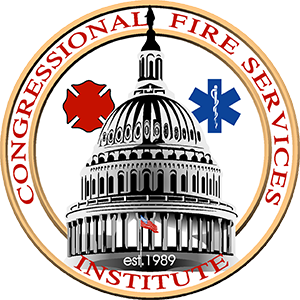AFG and SAFER
Background on AFG and SAFER
Congress established the AFG grant program in 2000. For over 20 years, the program has served as a vital source of funding for many career, combination, and volunteer departments that continue to do more with less. With these grants, departments can purchase equipment, training, and other departmental needs.
In 2003, Congress authorized the SAFER program to address staffing shortages in career, volunteer, and combination across the nation. These shortages prevent departments from meeting industry staffing and response time standards, while placing firefighters at greater risk when they respond to fires and other emergencies.
AFG and SAFER grants are awarded directly to fire departments and other eligible organizations. Grant applications are peer-reviewed, and applicants must agree to a matching requirement. In addition to the many other benefits of these programs, the direct nature of the awards means that rather than being funneled through state pipelines that siphon away funding to cover administrative costs, fire departments can put the funding to use where it is needed.
Highlights from NFPA’s 5th Needs Assessment
The needs of our nation’s fire and emergency services are real and supported by factual data. The National Fire Protection Association (NFPA) has conducted five Needs Assessments since the AFG program was first authorized. The assessments provide data showing how the needs of the fire service have changed over time in response to changing economic and budgetary conditions and the ever-increasing role of the fire and emergency services. They also show how AFG and SAFER have been invaluable in helping fire departments to meet those needs. The Needs Assessments provide a compelling justification for why Congress must continue to support these programs.
The Fifth Needs Assessment shows that “The Federal Emergency Management Agency’s Assistance to Firefighters Grants (AFG) program and Staffing for Adequate Fire and Emergency Response (SAFER) funds are targeted toward areas of need. These grant programs must grow in order to address the considerable and multifaceted needs that continue to persist in the fire service.”
- Staffing: “Staffing levels across job roles and functions have remained flat and weekday staffing among volunteer fire departments remains a challenge.”
- Training: “Training, including specialized training for WUI operations and equipment, is necessary for departments of all sizes.” Furthermore, “across every response type covered in the survey, from structural firefighting to active shooter situations, there are fire department personnel responsible for responding to incidents for which they have not been formally trained or certified.”
- Personal Protective Equipment (PPE)/Personal Protective Clothing (PPC): “Unmet need for PPE can be found in departments serving communities of all sizes, including one-third of the large departments (protecting a population of half a million or more). Among the smallest departments, 75 percent have at least some PPC that is 10 years of age or older.” Additionally, “more than half (57 percent) of all fire departments cannot equip all their responders with wildland fire PPC. This unmet need can be found consistently across departments of all sizes.”
- Self-Contained Breathing Apparatus: “More than half (53 percent) of all fire departments cannot equip everyone with SCBA…in addition to lacking SCBA, much of the SCBA in use is 10 years of age or older. More than half of the departments use at least some SCBA equipment that is 10 years of age or older.”
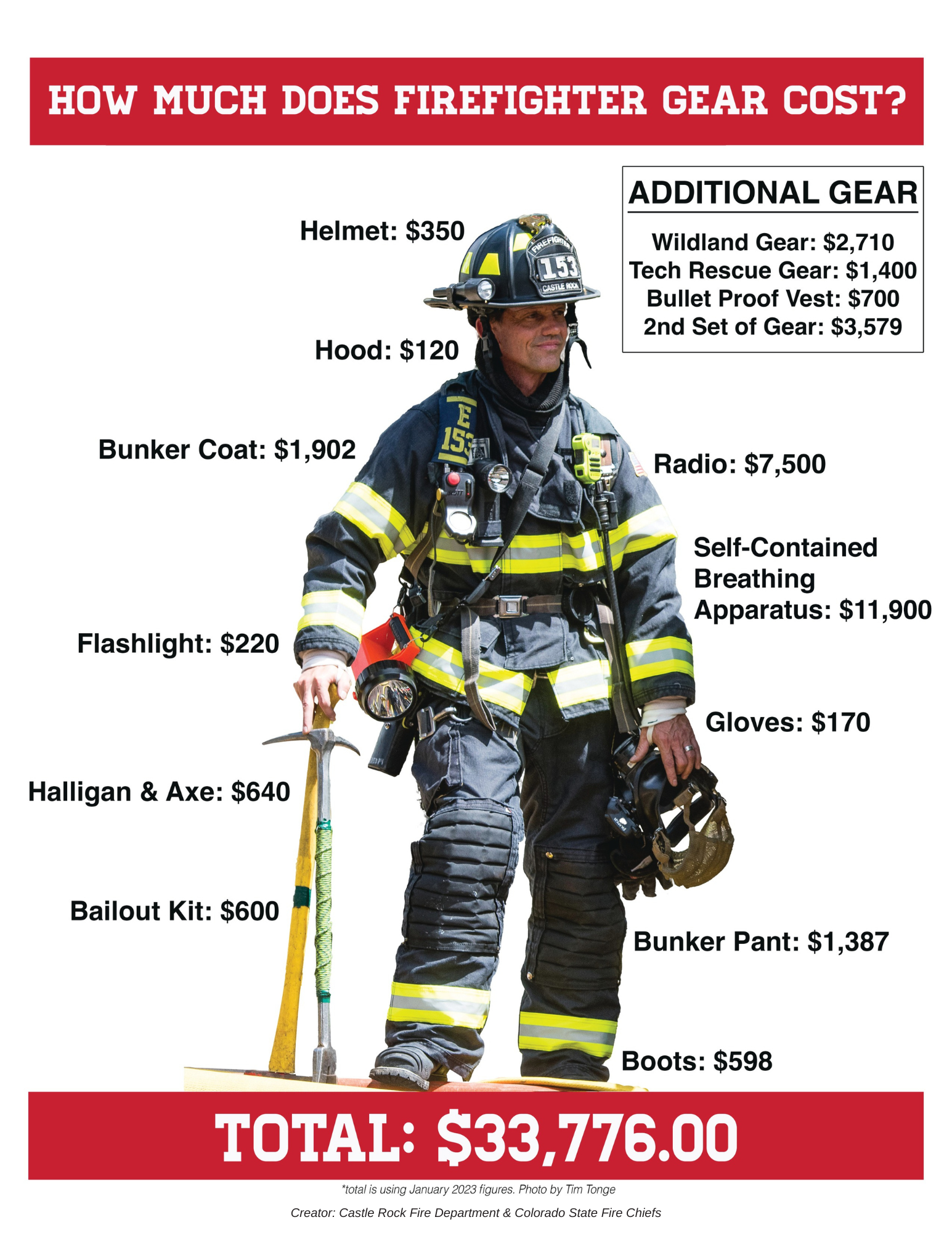
Fire departments are constantly being asked to do more with less. Since 2000, fire department calls have increased from about 20 million a year to more than 36 million calls annually. While calls for fires have dropped somewhat in that time, calls for medical aid, mutual aid, hazardous materials, and other calls have increased significantly.
| Year | Total Calls | Fires | Medical aid | False alarms | Mutual aid | Hazardous materials | Other hazardous conditions | Other |
|---|---|---|---|---|---|---|---|---|
| 2000 | 20,520,000 | 1,708,000 | 12,251,000 | 2,126,500 | 864,000 | 319,000 | 543,500 | 2,708,000 |
| 2010 | 28,205,000 | 1,331,500 | 18,522,000 | 2,187,000 | 1,189,500 | 402,000 | 660,000 | 3,913,000 |
| 2020 | 36,416,000 | 1,388,500 | 23,812,000 | 2,760,000 | 1,390,000 | 422,000 | 705,000 | 5,938,500 |
| 2021 | 36,624,000 | 1,353,500 | 26,291,000 | 2,904,500 | 550,000 | 433,500 | 688,000 | 6,403,500 |
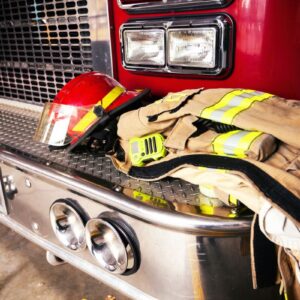
The Assistance to Firefighters Grant (AFG) Program helps fund protective gear, equipment, fire apparatus, training, and more.
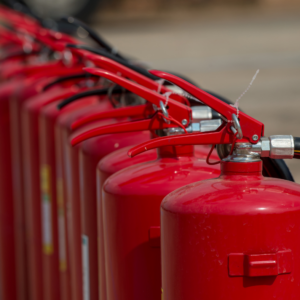
Fire Prevention and Safety (FP&S) grants (a subset of AFG grants) support research and fire safety education projects aimed at improving the safety of first responders and civilians.
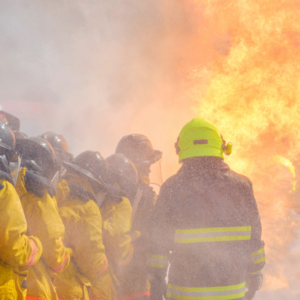
The Staffing for Adequate Fire and Emergency Response (SAFER) Grant Program helps fire departments with hiring, as well as recruitment and retention to meet staffing requirements.
Current Legislation
The Fire Grants and Safety Act (S.870/H.R.4090)
Summary: S.870 would reauthorize AFG, SAFER, and USFA through FY2030, extend the AFG and SAFER sunset to September 30, 2032, and increase the USFA authorization to $95 million. H.R.4090 is largely the same, but the reauthorization period would extend through FY2028 with a sunset in 2030 and it would separate the AFG and SAFER funding levels from the Consumer Price Index.
Status: S.870 passed the Senate by a vote of 95-2. H.R.4060 passed out of the House Science Committee by a vote of 29-0. The Fire Grants and Safety Act must pass both chambers of Congress in order to become law.
Past Legislation
The United States Fire Administration, AFG, and SAFER Program Reauthorization Act of 2017
Summary: The bill:
- Extended the AFG and SAFER authorizations through FY2023;
- Extended the sunset provisions for AFG and SAFER through September 30, 2024;
- Allowed USFA to develop an online training course on AFG and SAFER grant administration;
- Expanded SAFER hiring grant eligibility to cover the conversion of part-time or paid-on-call firefighters to full-time firefighters;
- Sought to minimize fraud, waste, abuse, and mismanagement; and
- Made other technical corrections to the AFG and SAFER statute.
Status: Became law as P.L. 115-98.
FY2013 National Defense Authorization Act
Summary: The legislation reauthorized the AFG and SAFER programs. For AFG, the bill made changes to the allocations to ensure that career, combination, and volunteer departments all receive funding from the grant programs. For SAFER, the bill added in recruitment and retention grants and made changes to the grant period.
Status: Became law as P.L. 112-239.
FY2004 National Defense Authorization Act
Summary: The legislation authorized the Staffing for Adequate Fire and Emergency Response (SAFER) grant program.
Status: Became law as P.L. 108-136.
FY2001 National Defense Authorization Act
Summary: The legislation authorized the Assistance to Firefighters Grant (AFG) program.
Status: Became law as P.L. 106-398.
